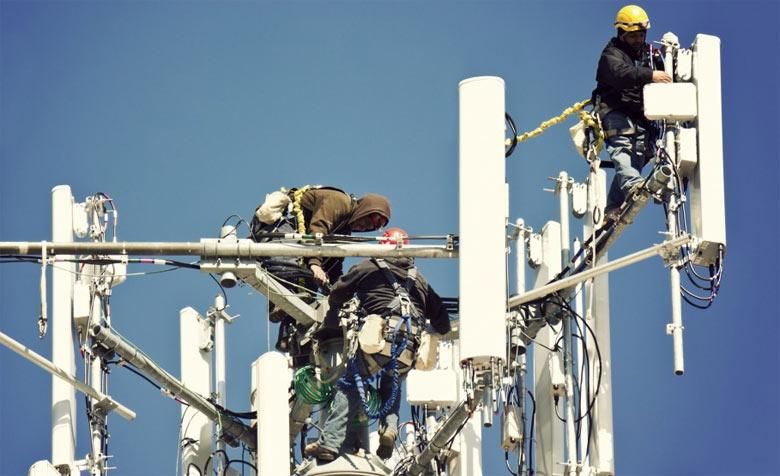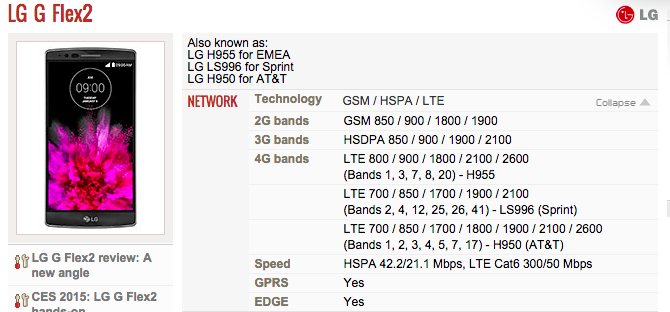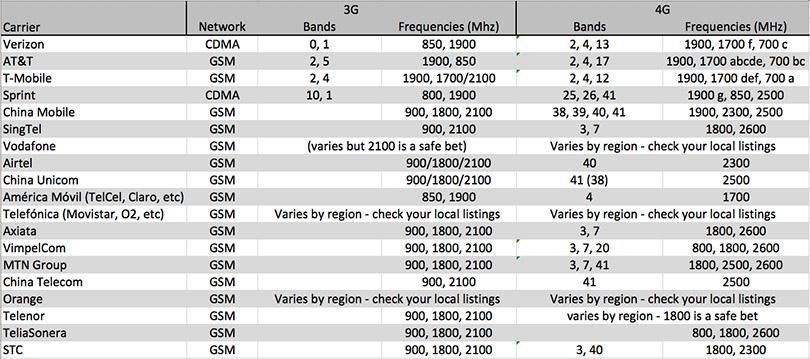There’s so much craziness afoot in the Pocketnow world! Michael Fisher is switching carriers; I’m using phones from China. It’s madness I tell you, madness! But among all this fun stuff, some real questions have been raised about what phones work on what and where this phone will work and where it won’t. Some of our readers just want to import phones from other places to get the new hotness. So we decided to dive in a bit and see if we could help some of our Pocketnow brothers and sisters out with a little bit of knowledge. It’s what we do here.
Scratching the surface
So as it turns out, it’s quite easy to get confused about smartphone technology and frequencies and bands. There are a ton of carriers out there and they’ve all carved off their own slices of this spectrum pie. We did some digging and found a really great table compiled by Droid Life about the big carriers in the United States. So that was really good for us but we have readers around the world. So we dug a little bit more and got some information about the top fifteen carriers around the world.
So great, now we’re going to give you all this great info, what do you do with it? Well, when you are buying a new phone, take a gander at the specifications. I personally use phonearena.com but there are a bunch of ways to get specs (*cough* *cough* our reviews *cough*). The specifications will list the frequencies or bands that the phone is compatible with. Bands are usually one or two-digit numbers, frequencies are usually listed in MHz. So take a look at your phone of choice, and write down the bands and/or frequencies it’s compatible with, then come over to this page which you will bookmark…(go ahead, I’ll wait)…and compare. If your phones bands match your carrier’s bands, voila! If not, your phone will get the highest compatible band.
Please note: There is a difference between every type of network (3G and 4G for example) and those frequencies. I didn’t read closely enough for the Xiaomi Mi Note and thought it worked on AT&T’s LTE bands, but indeed it only works on AT&T’s HSPA+ network. It’s right there in black and white. I just missed it. But to be fair, so did the AT&T rep I asked about it.
So, without further ado, here’s the list:
Disclaimers
There are a couple of caveats here. First, a lot of this information comes from Wikipedia, which is not necessarily a bad thing unless you’re writing a college paper. Wikipedia can be a less-than-rock-solid source. We verified the information as well as we could, but Wikipedia was our “starting point”.
Second, this information can change. Companies buy other companies, bandwidth auctions happen with alarming frequency (see what I did there?), and the like all happen, so what’s true today, may not be true tomorrow.
Finally, the top 5 carriers in the US and the top 15 around the world don’t even scratch the surface of the number of carriers and locations where you might be living. So here’s a link to an uber-list on Wikipedia that covers the whole shebang if one of the offerings we have here doesn’t match your situation.
At the end of the day, it’s probably wise to contact your carrier before you hand over your credit card just to be 100% positive. But, this should give you a solid idea of what you can probably use, and what you probably can’t. As for shipping and customs fees, you’re on your own!
Sources: Droid-Life, Wikipedia [2], World Time Zone



